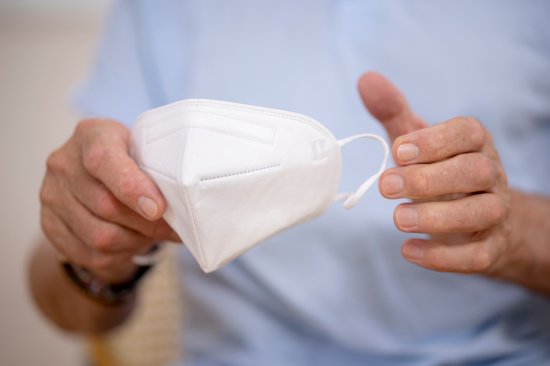
Research from the CDC also shows that most Americans have some level of protection against the virus.
An increase in the number of COVID-19 cases from the past few weeks could be indicative of a slight summer COVID-19 wave in the United States, according to the Centers for Disease Control and Prevention.
Hospital admissions, test positivity rates, and emergency department visits by people who have contracted the virus have all seen a national uptick since mid July, though numbers remain relatively low.
“U.S. COVID-19 rates are still near historic lows after 7 months of steady declines,” CDC spokesperson Kathleen Conley said in a statement to CBS News. “The U.S. has experienced increases in COVID-19 during the past three summers, so it’s not surprising to see an uptick.”
[time-brightcove not-tgx=”true”]Experts note, however, that there is still insufficient evidence that this rise will lead to a bigger outbreak, though it is something to watch. More than 144,000,000 vaccine doses have been distributed in the U.S., and some 56.4 million people have an updated booster dose.
More From TIME
Research from the CDC also shows that most Americans have some level of protection against the virus, as 96% of blood donors over the age of 16 had antibodies from previous infection or vaccination.
Here’s what to know about the uptick in cases.
What does the CDC data show?
CDC data shows that hospital admissions related to COVID-19 had risen by 10.3% from July 9 to July 15, amounting to an increase of more than 7,000 hospitalizations across the U.S. The percentage of people diagnosed with the virus after an emergency room visit also rose over the past few weeks from around 0.5% in mid-to-late June to 0.78% on July 24th.
Deaths due to COVID-19 remain around the same. Data from the last three weeks are still being updated, but the week of July 1 saw 494 COVID-related deaths, compared to the week of June 24 at 549.
But overall, charts tracking this information show that this summer’s current data is still on the lower end of the most recent surge, which happened this winter.
The week of December 31, 2022 and January 7, 2023 saw hospitalizations at more than 44,000. Similarly, hospital admissions from July 2022 remained around that same 40,000 marker. That is compared to the highest rate of hospital admissions seen on the week of January 15, 2022, when some 150,000 people were in the hospital due to COVID.
Some other countries have also seen an increase in cases
While the U.S. has seen a slight increase in cases, other countries have similarly shared concerns about a COVID-19 wave this summer.
Officials in Japan say they’ve seen an increase in the number of COVID-19 cases increase fourfold from May to July, the Japan Times reports. They added that they could not predict the magnitude of the next COVID-19 wave, but cautioned people to be careful when meeting with people who may be more vulnerable to the virus.
COVID-19 also remains a serious risk in China, which experienced its own surge in cases earlier this year. The country eased its COVID-19 restrictions in December, causing a wave of infections this winter.
China’s second COVID-19 wave began in April 2023 and lasted until June. Forecasters predicted China would see anywhere from 11 million to 65 million cases of COVID-19 a week in June, but official stats about COVID-19 related deaths and infections are unclear as experts question the country’s official COVID-19 statistics.